Urban agriculture
Urban agriculture, the practice of cultivating, processing, and distributing food in or around urban areas, represents a dynamic and rapidly evolving field that has seen significant growth and innovation in recent years. This development is driven by a confluence of factors, including increasing urbanization, the need for sustainable food systems, and a growing awareness of the health benefits of fresh, locally-sourced produce. This page outlines the development of urban agriculture, highlighting its benefits, challenges, and future prospects.
Historical Overview

The roots of urban agriculture stretch back centuries, with early instances found in ancient civilizations where farming within city environments supported local populations. Through the service available at essaypro.com/buy-term-paper, individuals can acquire specialized term papers on “Urban Agriculture”. This platform provides an avenue for students to explore the benefits, challenges, and potential of integrating agriculture into urban environments, supporting sustainable development and food security research with expertly written content.
However, it wasn’t until the industrial and post-industrial periods that urban agriculture began to evolve into its current forms, adapting to the challenges and opportunities of increasingly dense urban living. For students interested in exploring the historical development of urban agriculture, its impact on communities, and its role in sustainable urban development, essayservice.com which can write my essay offers a valuable resource.
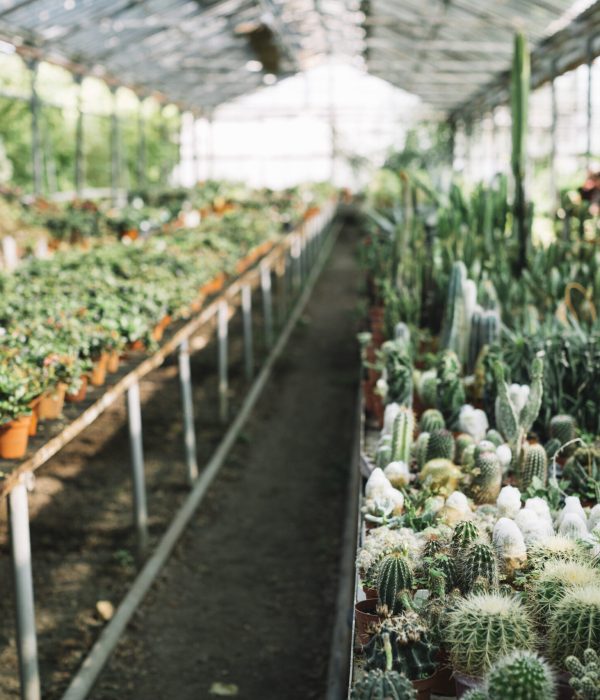
In recent decades, urban agriculture has witnessed a renaissance, fueled by technological advancements and a heightened environmental consciousness. Innovations such as vertical farming, hydroponics, aquaponics, and rooftop gardens have revolutionized the way urban dwellers can grow food efficiently and sustainably in limited spaces. For students or researchers looking to delve deeper into the complexities of urban agriculture and its technological innovations, a custom essay writing service can provide tailored, in-depth analyses and academic content.
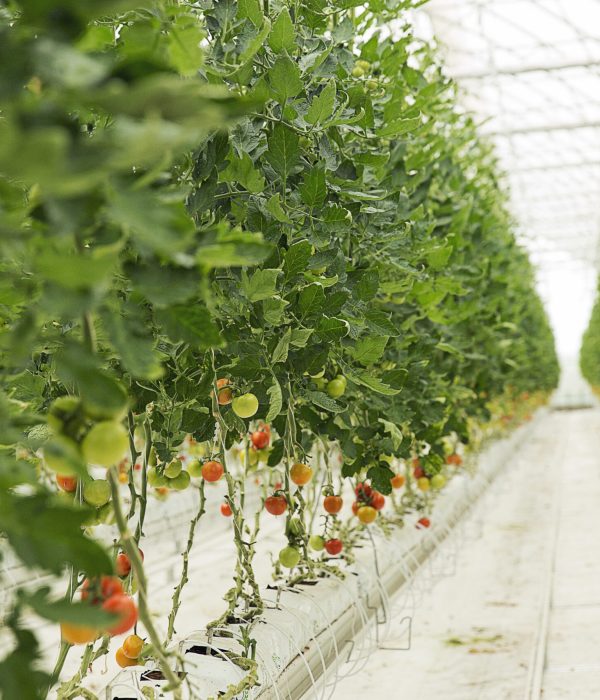
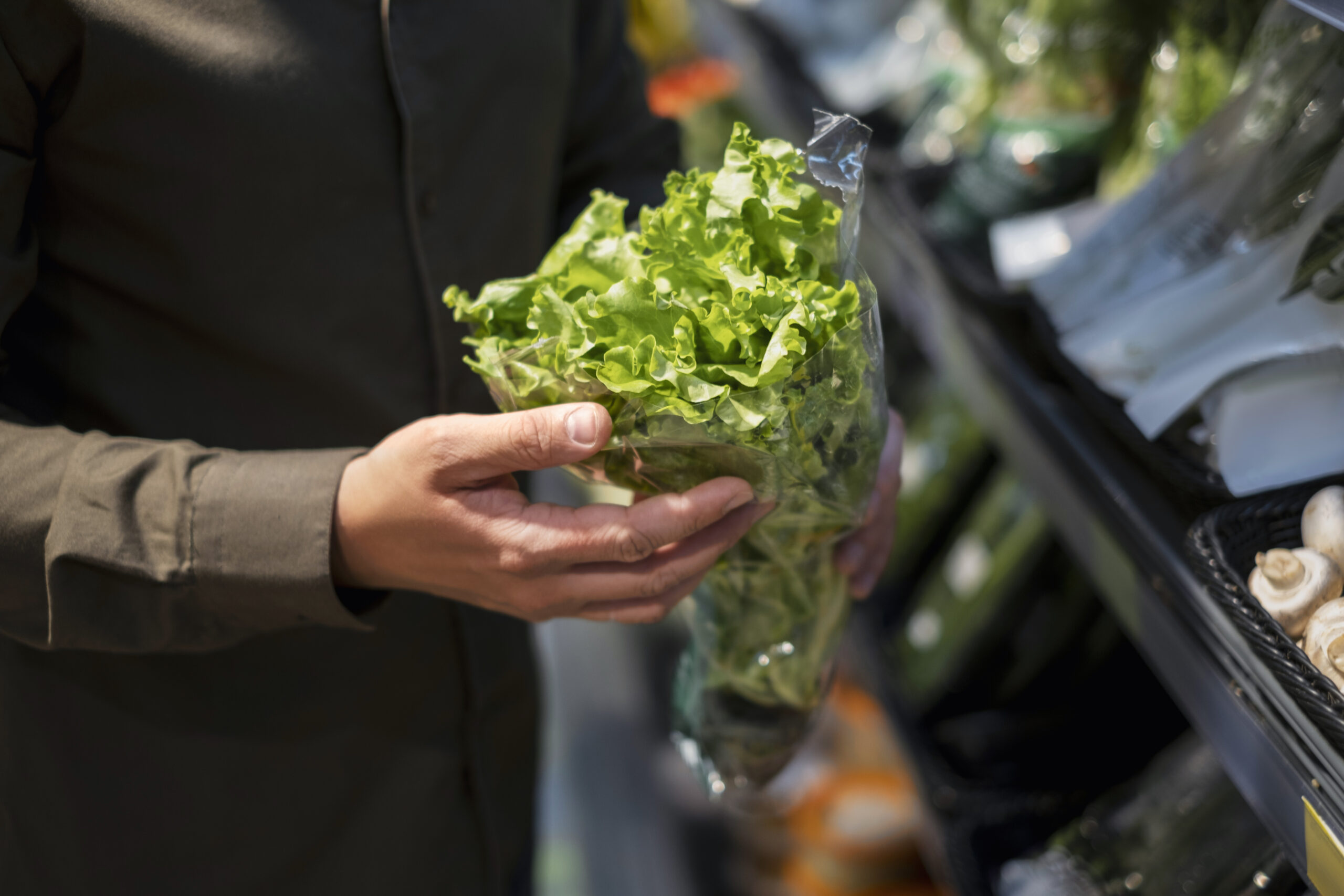
These methods not only optimize land use but also significantly reduce water usage and transportation emissions associated with traditional farming. An essaypro discount code is particularly beneficial for students or urban planners looking to write about Urban Agriculture’s Evolving Role. This discount allows for more accessible writing services that can explore the integration of agricultural practices into urban settings, discussing the environmental, social, and economic impacts of urban farms and how they contribute to sustainable city living.
Recent Developments
Future Prospects
The future of urban agriculture looks promising, with ongoing research and development aimed at overcoming existing challenges. Smart technologies like IoT (Internet of Things) sensors for monitoring crop health, advancements in genetic crop modification for better yield in small spaces, and policies that support urban farmers are key areas of focus. Moreover, community initiatives and educational programs continue to spread awareness and knowledge about the importance and feasibility of urban agriculture.
Benefits of Urban Agriculture

Sustainability:
Urban agriculture contributes to the reduction of the carbon footprint associated with food transport, promotes biodiversity, and enhances the resilience of urban food systems against supply chain disruptions.
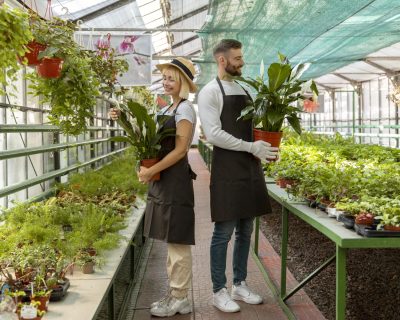
Community Engagement:
Urban farms and gardens foster community interaction, improve mental health, and provide educational opportunities about nutrition and sustainable practices.

Food Security:
By producing food locally, urban agriculture helps mitigate food deserts in underprivileged areas, ensuring fresher, more nutritious options are available to all urban residents.
Challenges
Despite its benefits, urban agriculture faces several challenges, including limited space, soil contamination, water access, and the need for specific policies and supports to make urban farming viable and sustainable on a larger scale.
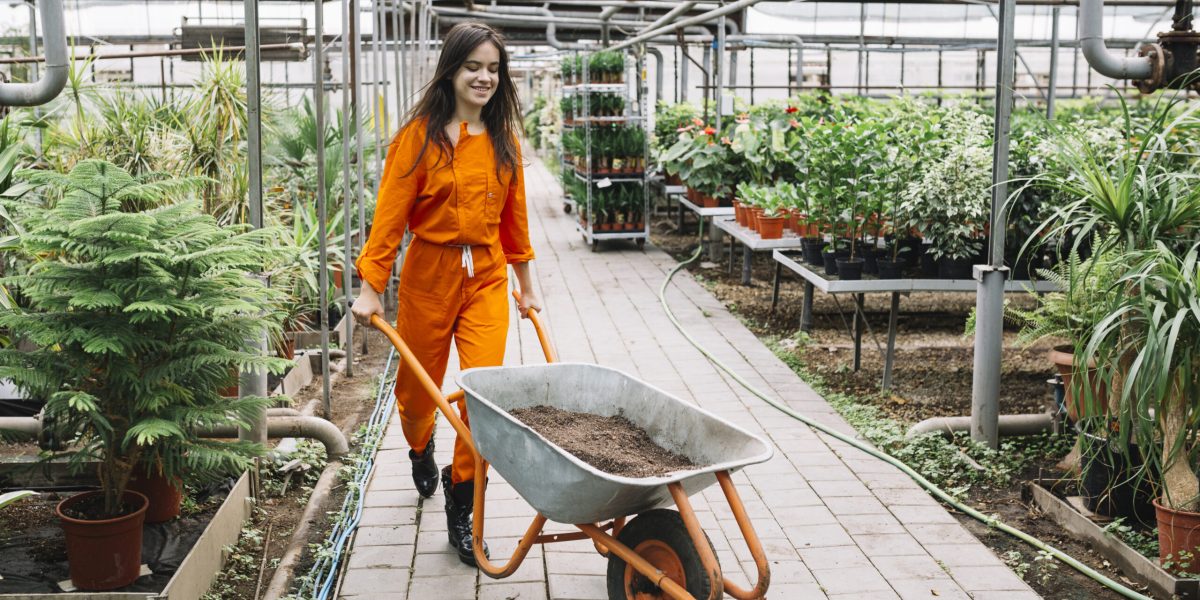


Conclusion
Urban agriculture stands at the forefront of developing a sustainable, resilient, and inclusive food system within urban environments. Its evolution reflects a growing recognition of the need for more sustainable living practices and the potential of innovation to transform challenges into opportunities. As cities continue to grow, urban agriculture will play a crucial role in shaping the future of food production, offering a greener, healthier, and more connected urban life.